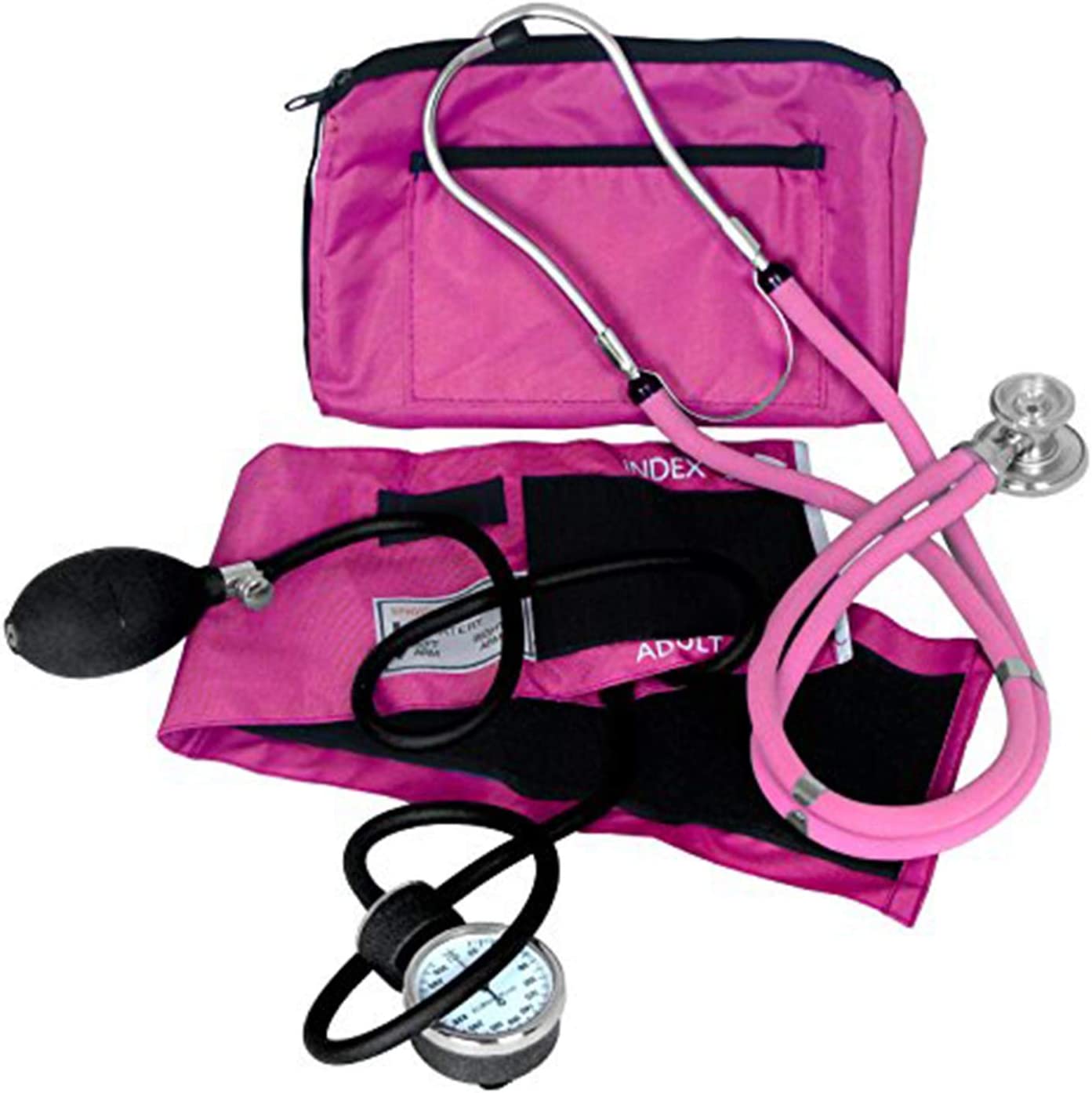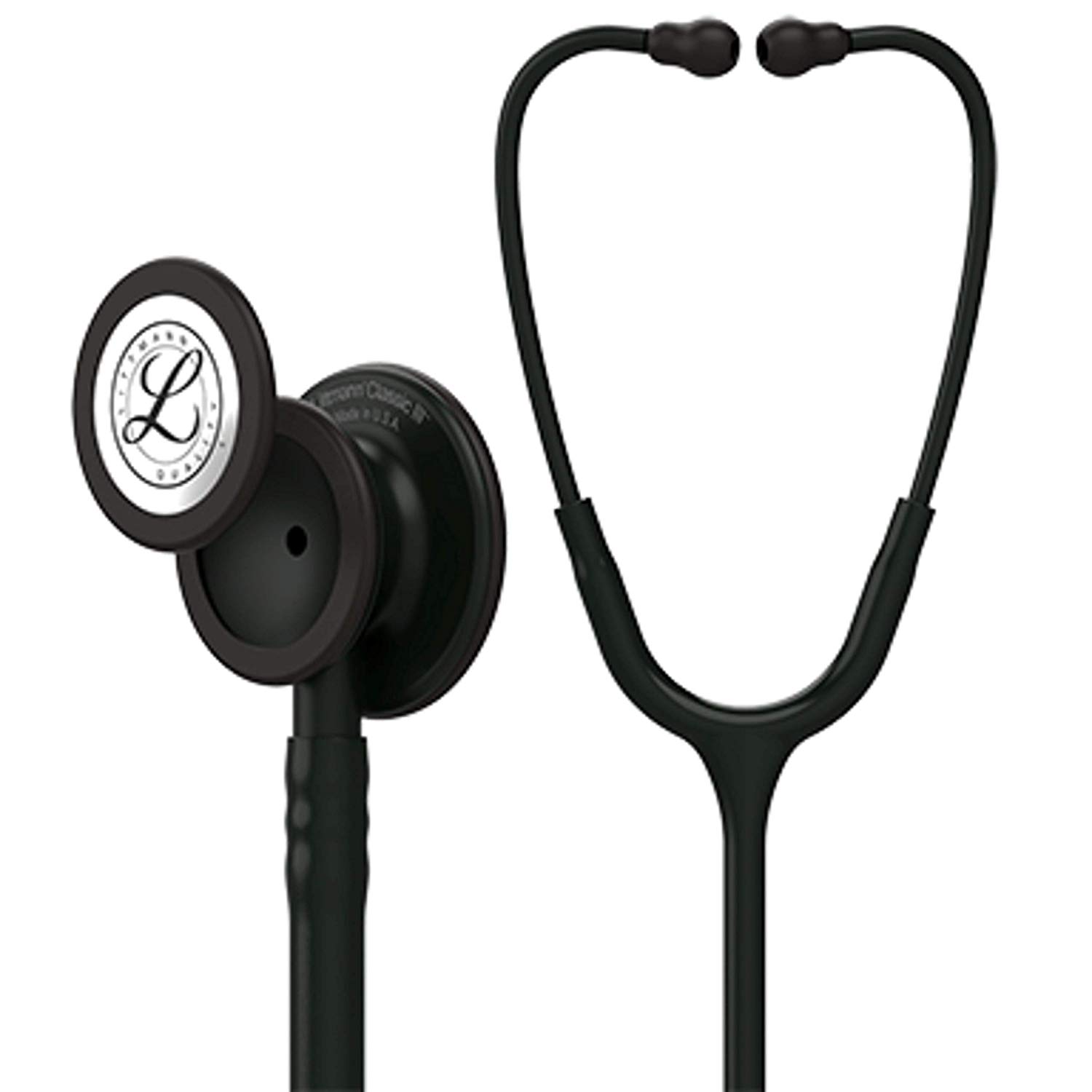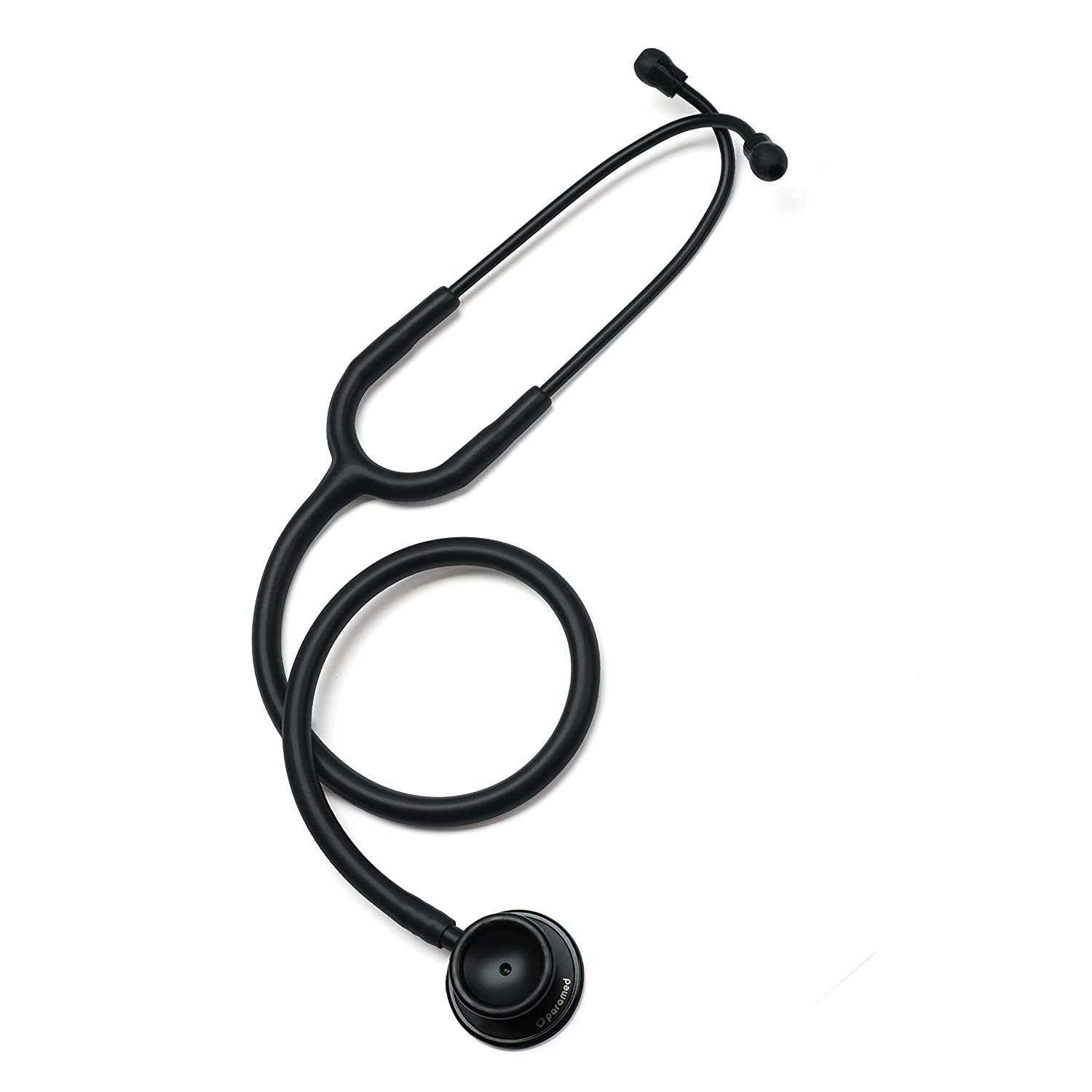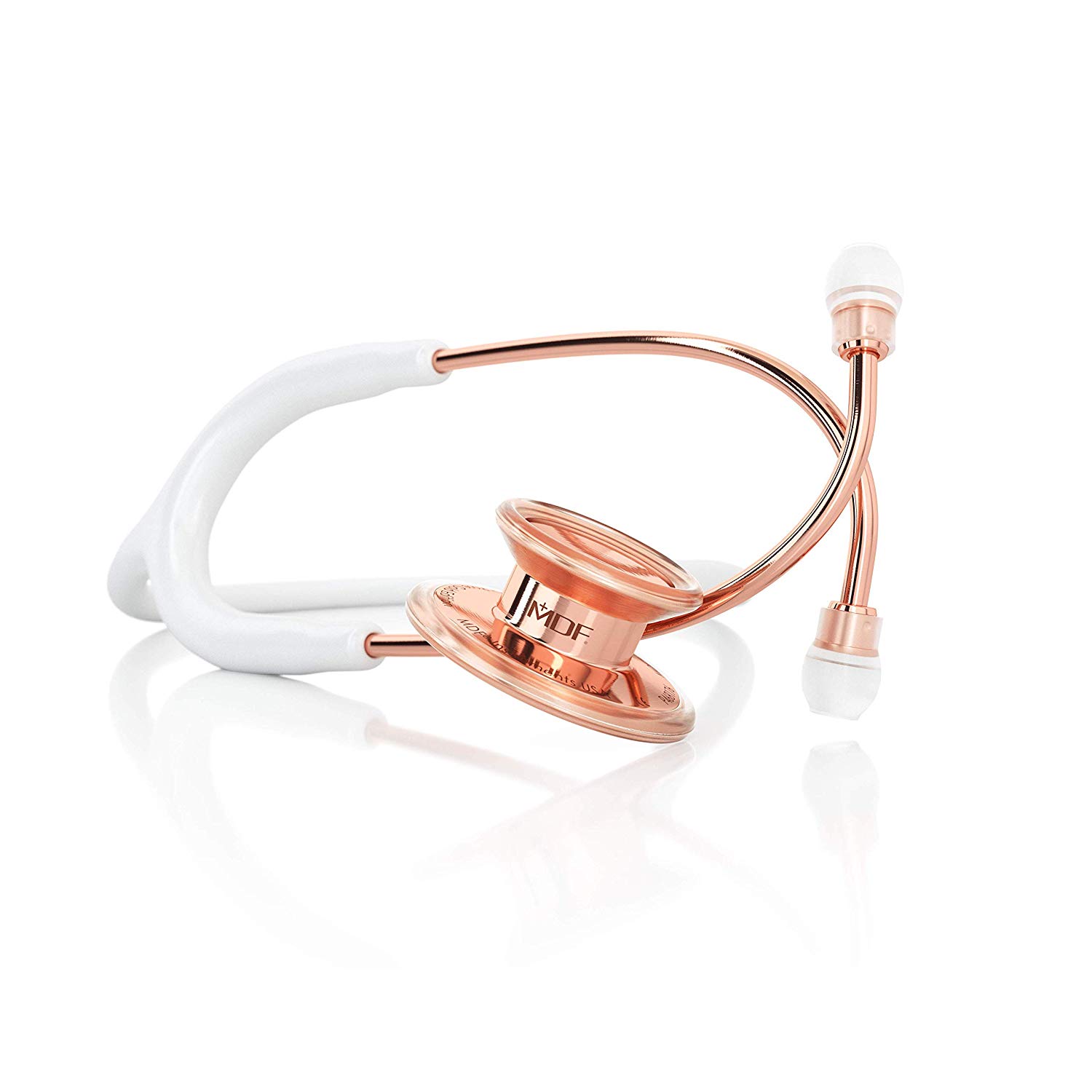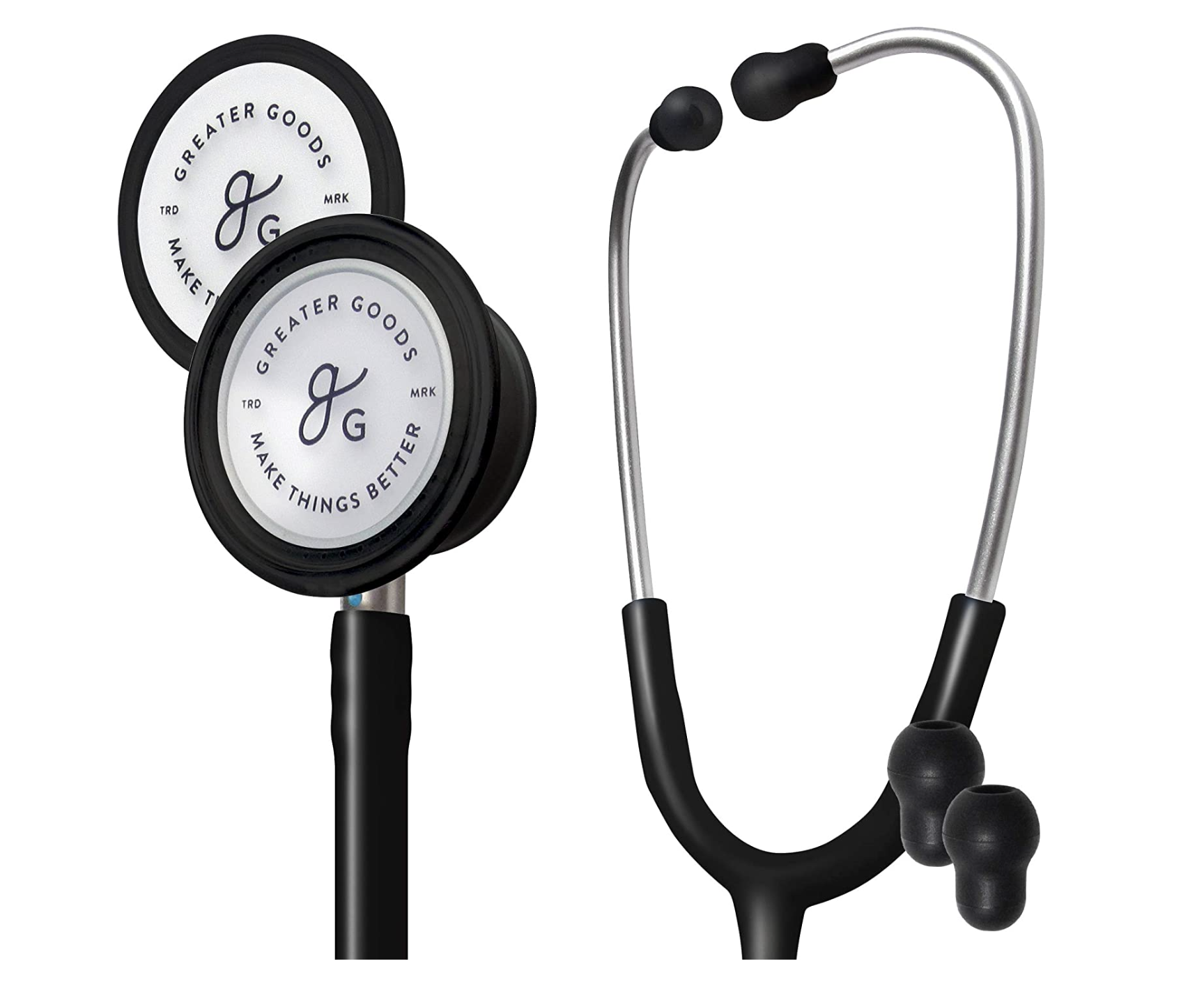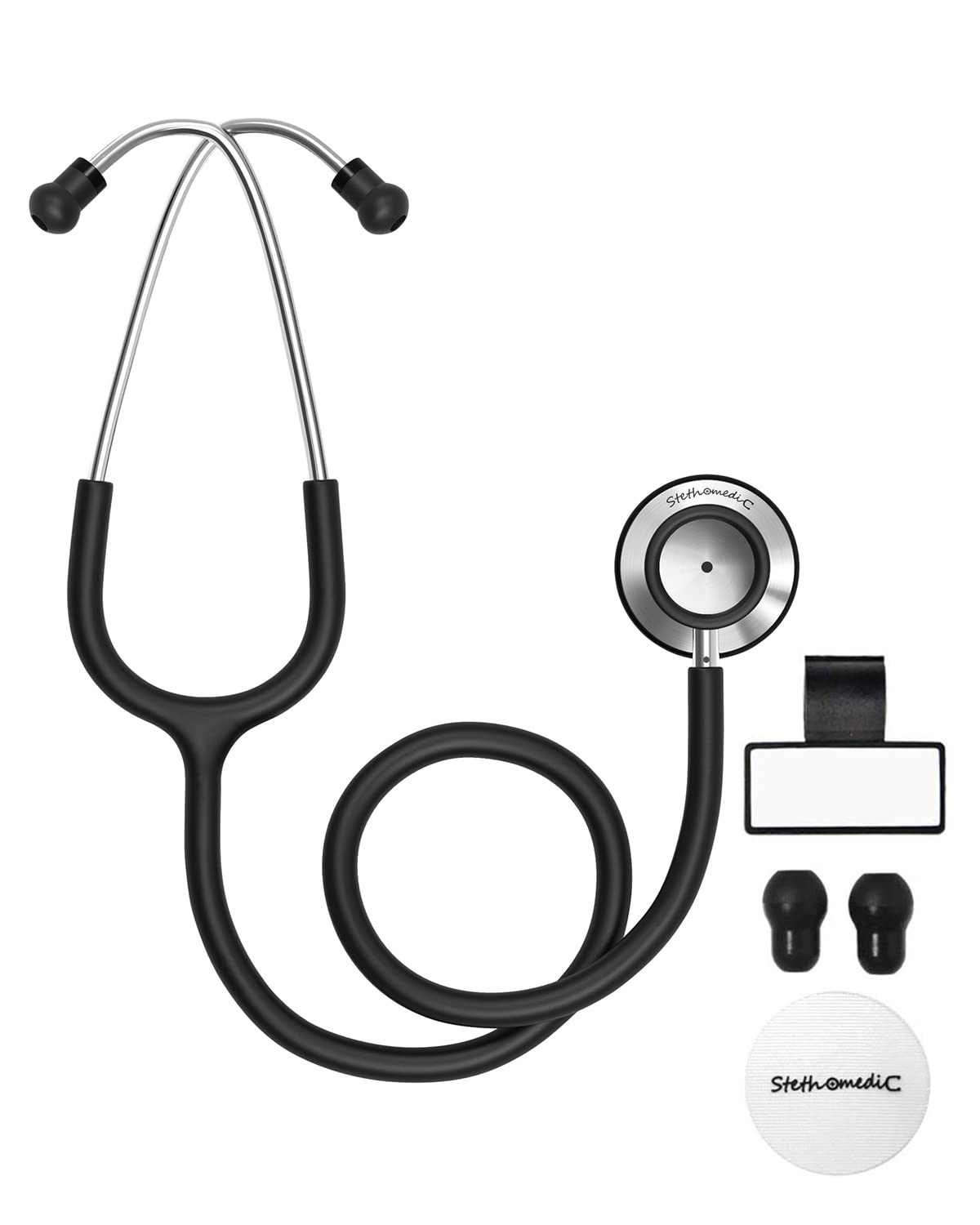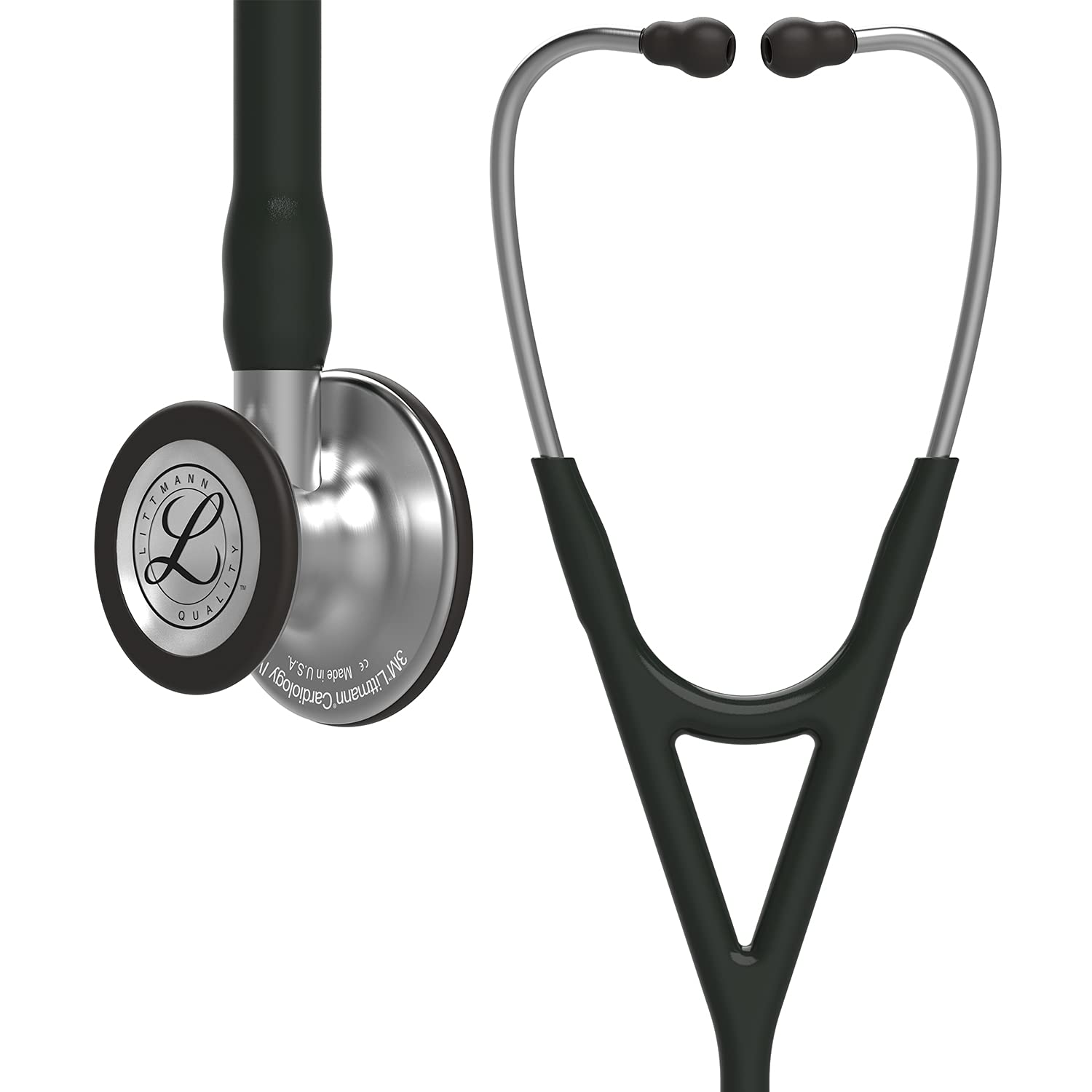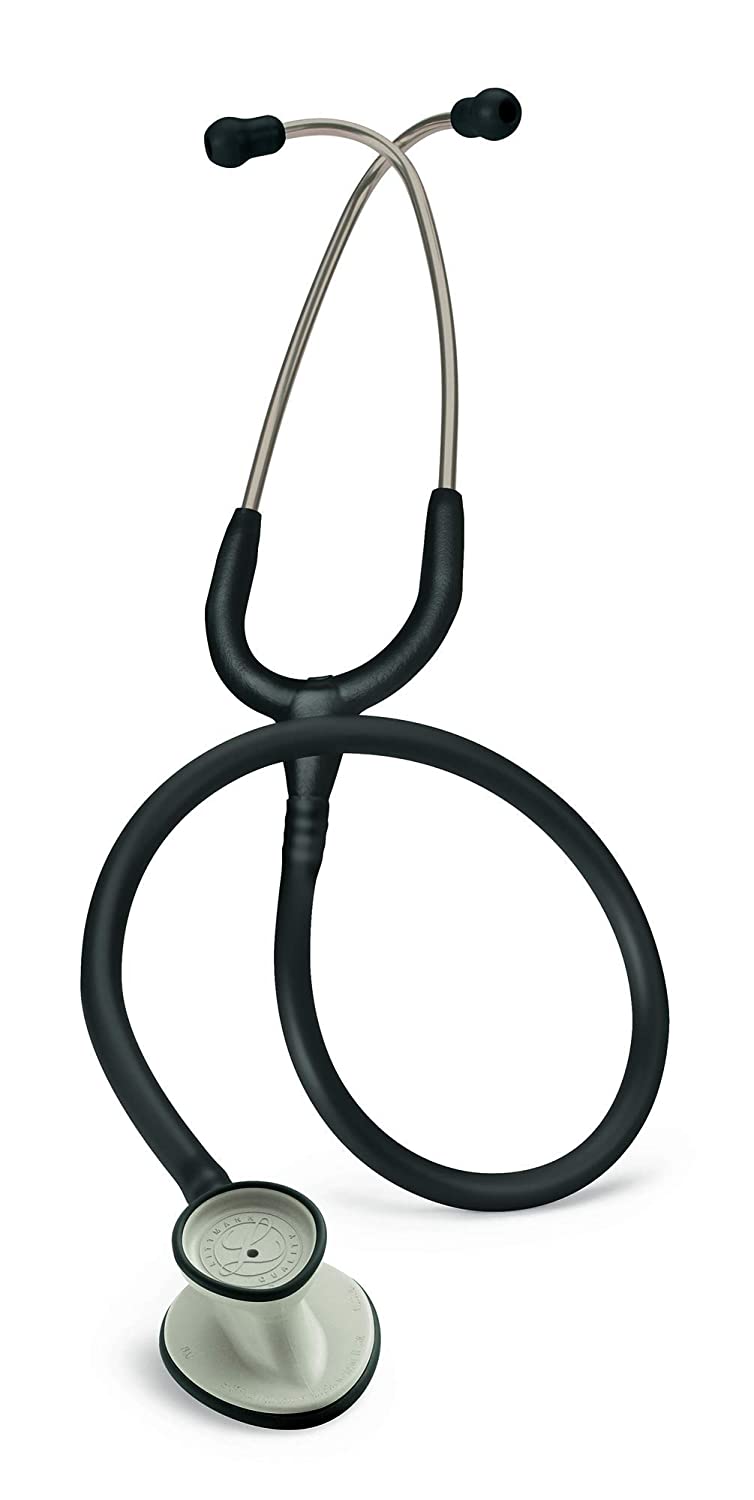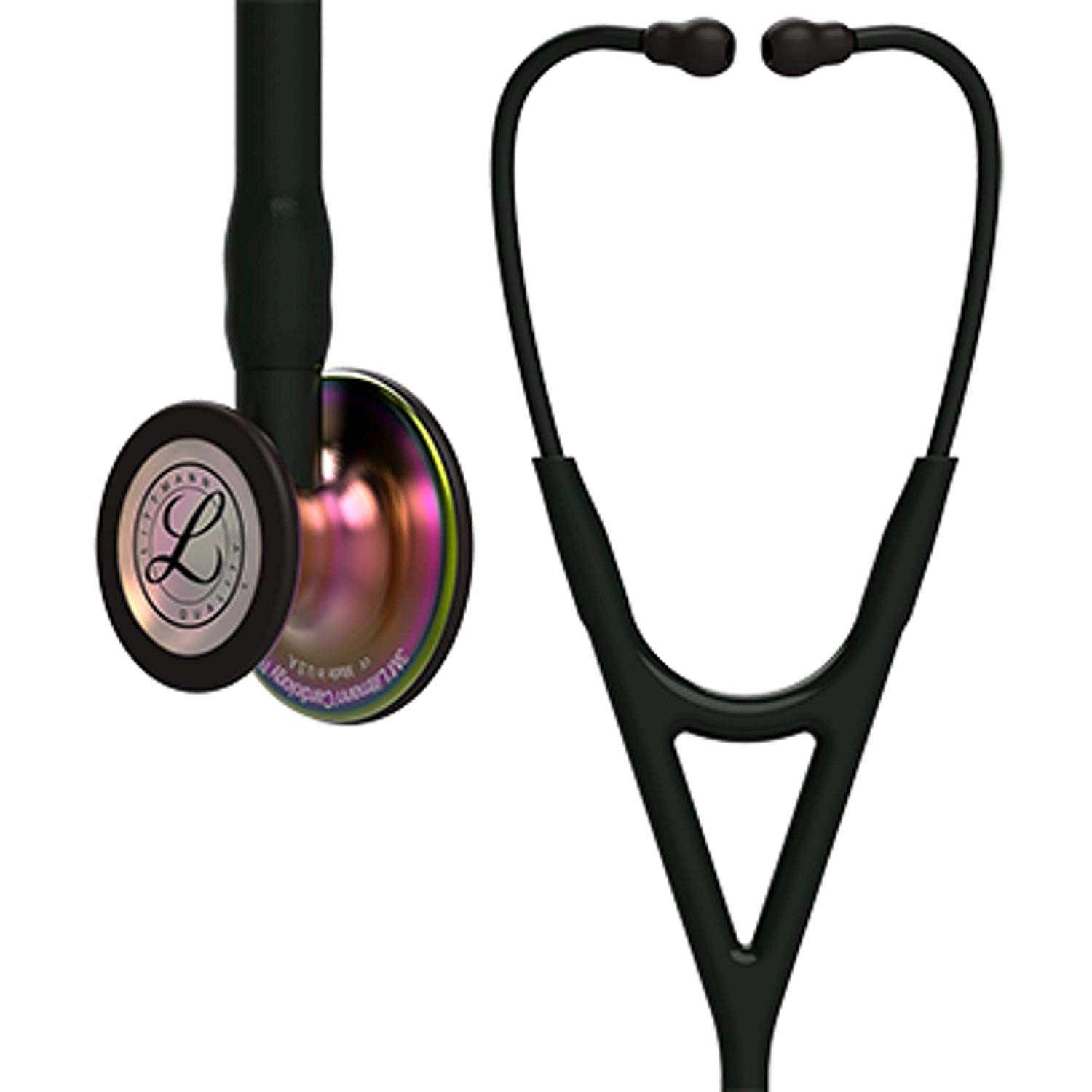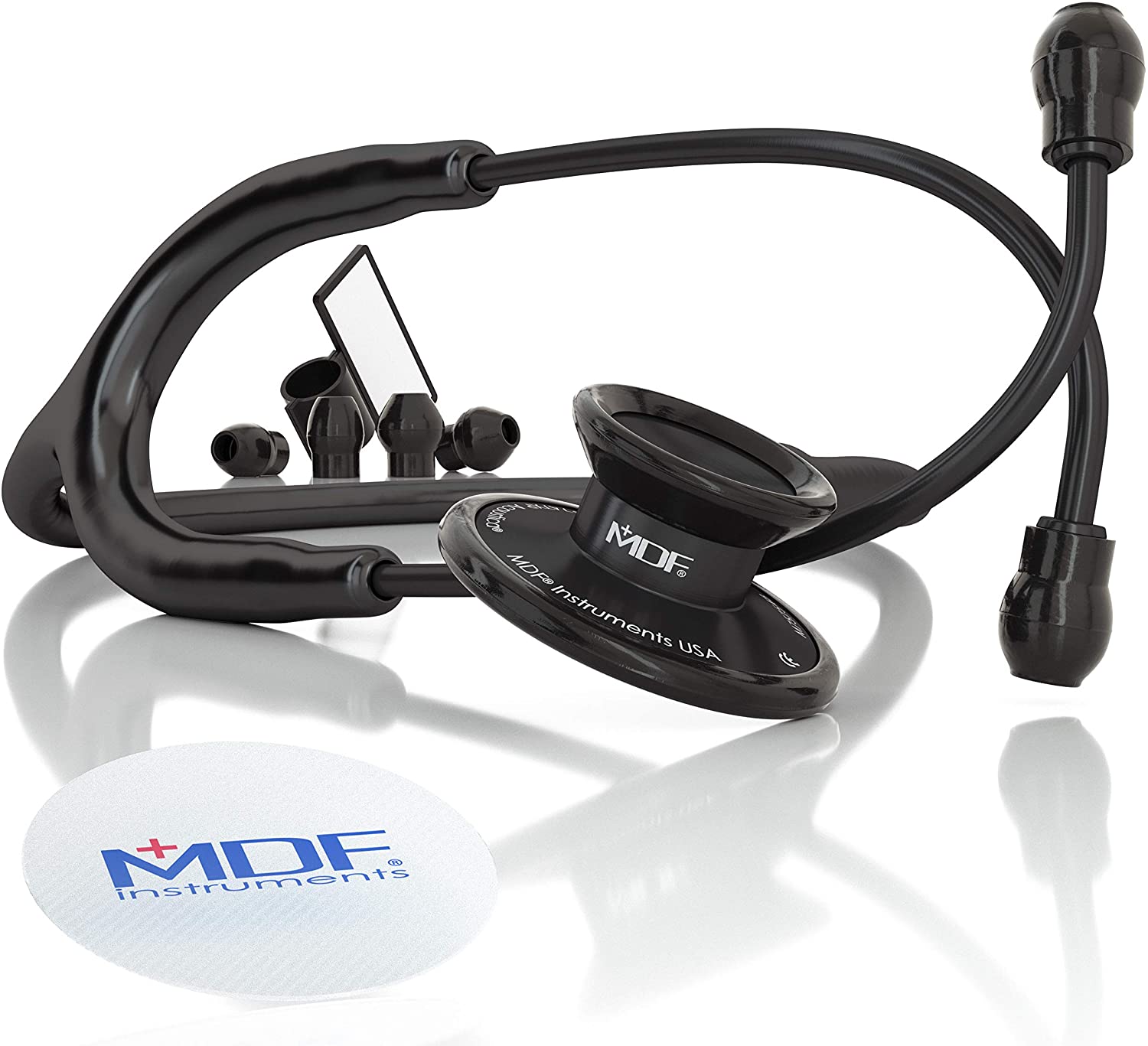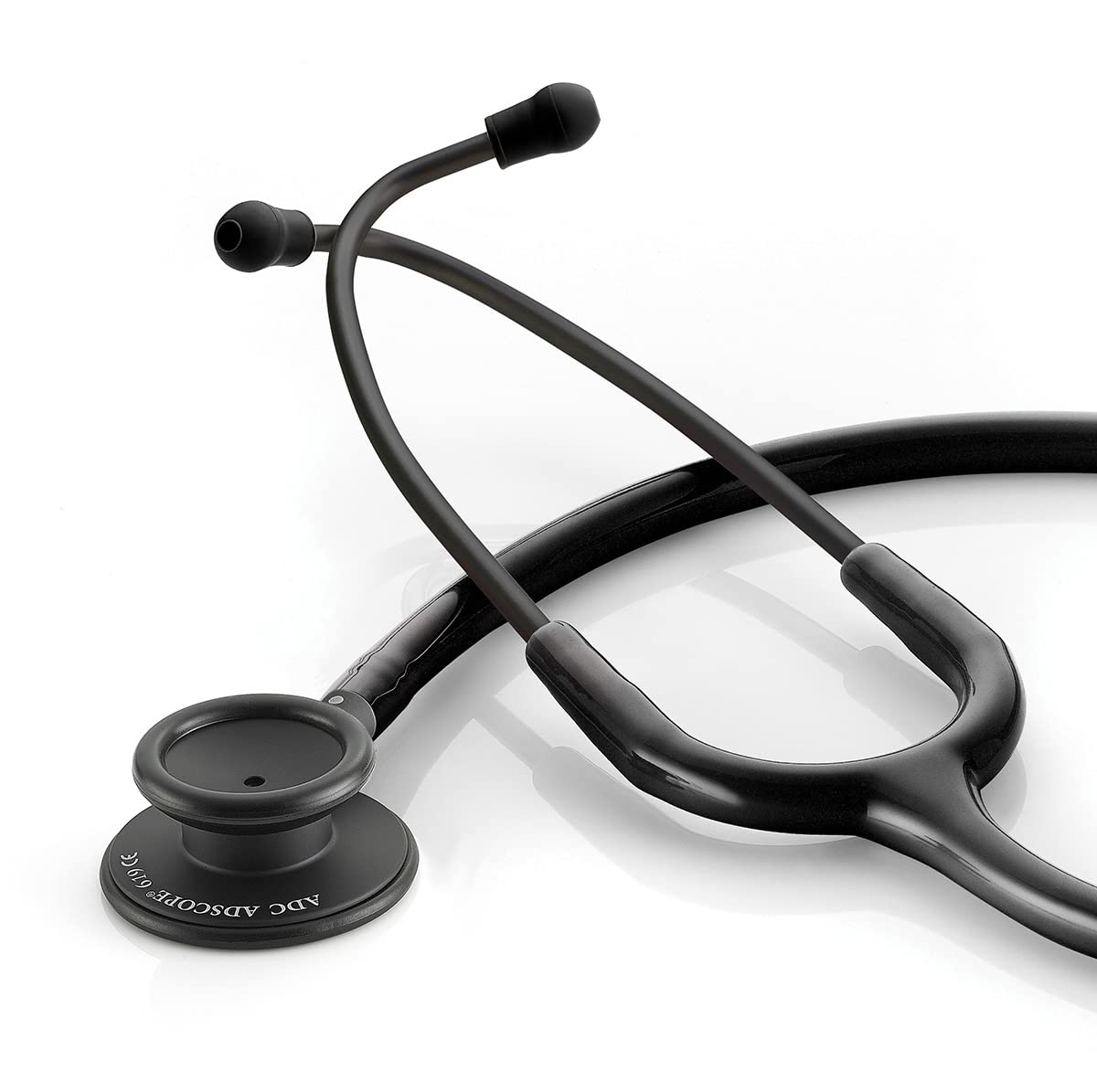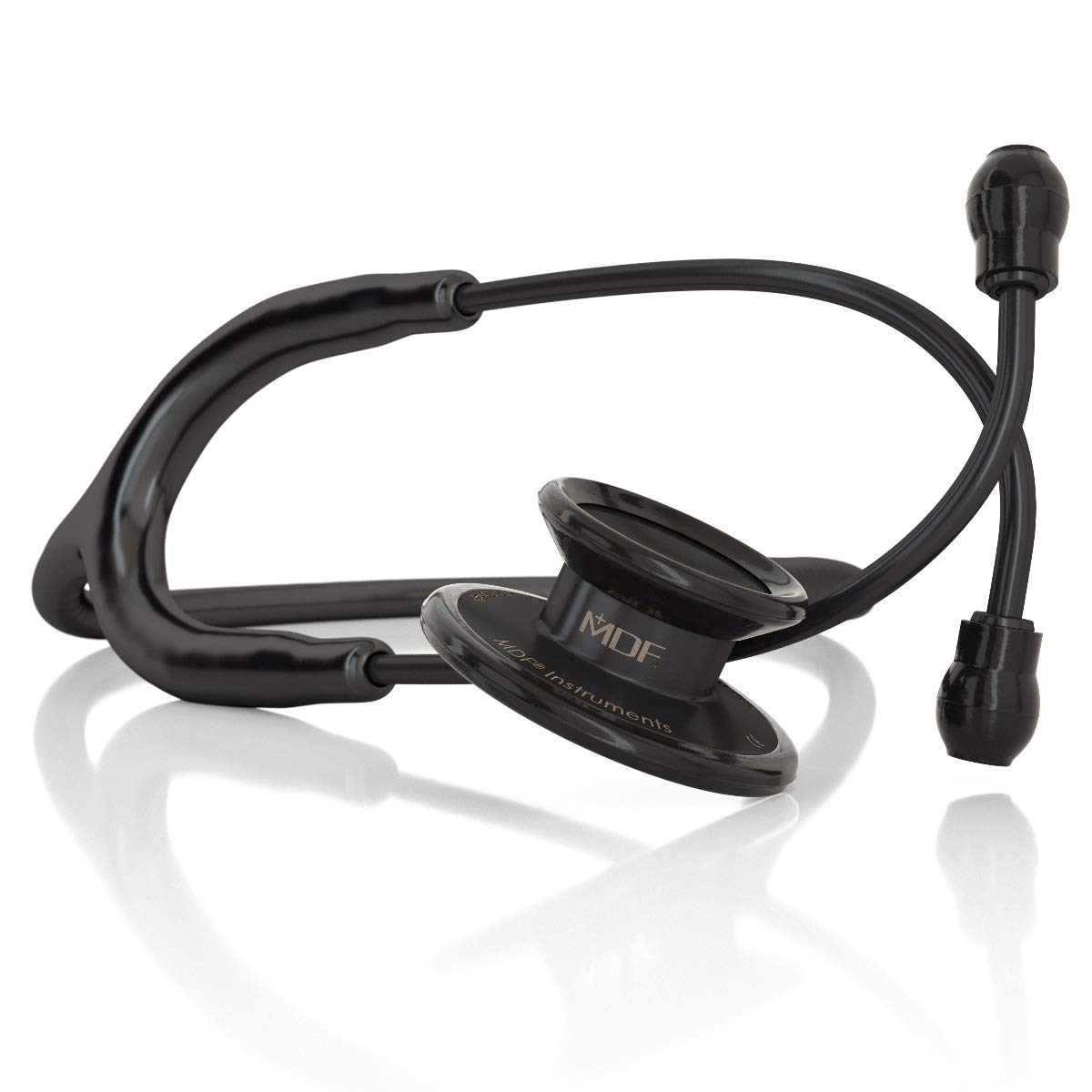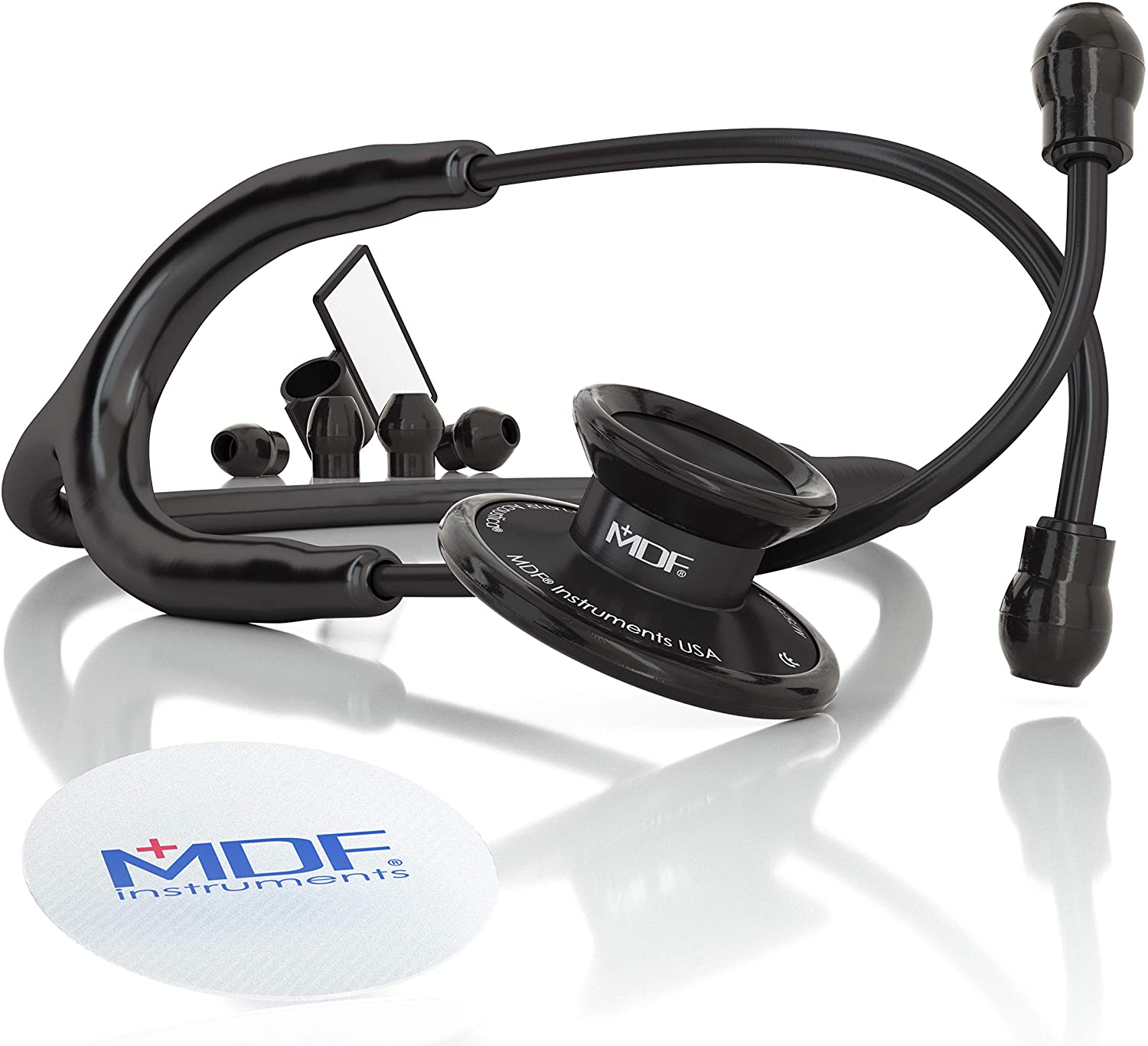Dixie EMS Dual Head Blood Pressure & Sprague Stethoscope Kit
Last updated: June 1, 2023
Along with this stethoscope, you'll receive a blood pressure cuff and a handy storage bag. The set comes in a choice of 10 colors, including pink, green, red, blue and purple. Medical professionals will appreciate that the stethoscope is easy to use and offers flexible ear pieces that are fully adjustable.
We looked at the top Stethoscopes and dug through the reviews from some of the most popular review sites. Through this analysis, we've determined the best Stethoscope you should buy.
Product Details
Key Takeaway: The blood pressure cuff in this stethoscope set is designed for use on arms with a circumference between 10 and 16 inches.
In our analysis of 26 expert reviews, the Dixie EMS Dual Head Blood Pressure & Sprague Stethoscope Kit placed 2nd when we looked at the top 18 products in the category. For the full ranking, see below.From The Manufacturer
Dixie EMS sprague kit includes a blood pressure unit with a nylon cuff, touch and hold closure, metal gauge with spring clip and inflation system. Professional Sprague Rappaport Style stethoscope with 22″ tubing and accessory pouch that contains 2 diaphragms, 2 pair of ear tips and 3 bells. The kit includes a color matching nylon zippered case. This listing is for purple.
Our Expert Consultant

Endocrinologist and assistant professor of internal medicine
Dr. Anis Rehman is a board-certified endocrinologist who treats diabetes, obesity, thyroid diseases and osteoporosis, as well as general endocrine diseases. He also serves as an assistant professor of internal medicine at SIU School of Medicine.
